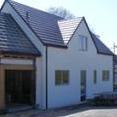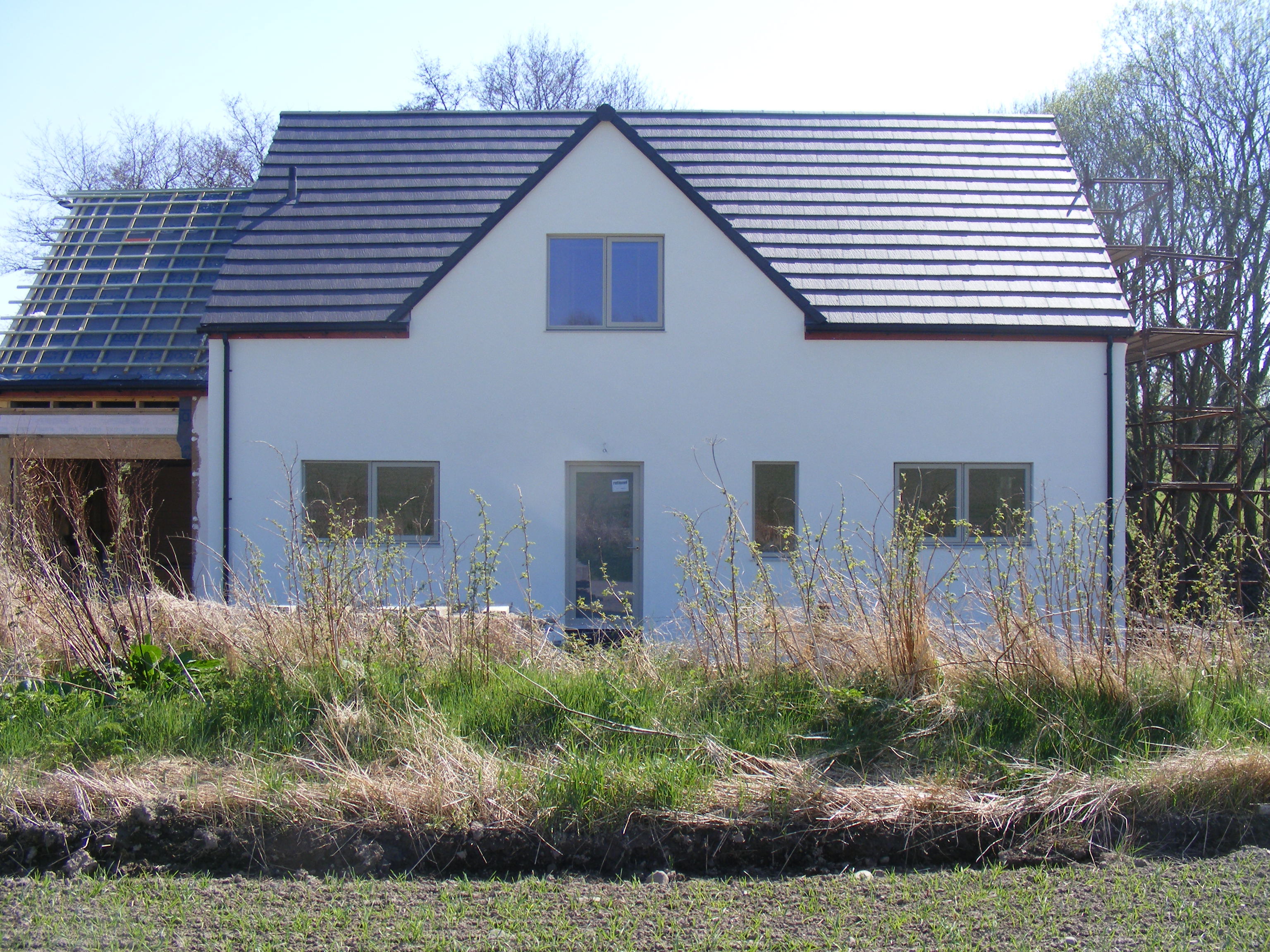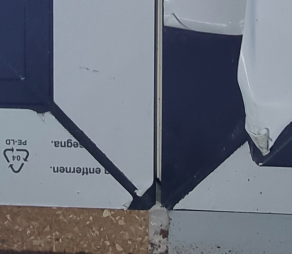-
Posts
30489 -
Joined
-
Last visited
-
Days Won
421
ProDave last won the day on November 28 2025
ProDave had the most liked content!
About ProDave
- Currently Viewing Topic: ASHP low pressure help pls
- Birthday 03/09/1963
Personal Information
-
About Me
Self builder in the Highlands, see my blog here <a href="http://www.willowburn.net" rel="external nofollow">http://www.willowburn.net</a> Heading for retirement, our "Adventure before Dementia"
-
Location
Scottish Highlands
Recent Profile Visitors
ProDave's Achievements

Advanced Member (5/5)
9.1k
Reputation
-

ASHP low pressure help pls
ProDave replied to canalsiderenovation's topic in Air Source Heat Pumps (ASHP)
He says he topped up the glycol levels so that makes sense. -

ASHP low pressure help pls
ProDave replied to canalsiderenovation's topic in Air Source Heat Pumps (ASHP)
Yes that is the tundish. It should remain bone dry. IF any water passes through it would pass on the inside, it is just there so you can see if anything is passing through. You could try rolling up a bit of tissue or toilet paper and sliding it into the space inside. That will show you if there is any discharge even when you are not watching it. It that remains dry over a few days as you use hot water and it gets re heated, then there is nothing wrong with the white expansion vessels. -

ASHP low pressure help pls
ProDave replied to canalsiderenovation's topic in Air Source Heat Pumps (ASHP)
"servicing a heat pump" might be slightly specialised, but just about any plumber should be able to do all the normal things related to the rest of the system like expansion vessels pressure checks etc. Those would all be the same if you had a gas or oil boiler as the heat source. So it looks like the red heating expansion vessel is okay. Just the 2 white ones to check. Can we have a photo of the pipework under the tanks? We are looking for a Tundish that will look a bit like this When you find something like that, have a close look at it. If there is a problem with the 2 white tanks that the plumber wants to change, then whenever it heats the hot water, you will see water dribbling down the inside of this. It should be bone dry normally. -
I had similar with the flashing for my stove flue that bent up one corner in a storm. My repair was to bond it down with appropriate goop. Has not happened again.
-
Why not dig up the flower bed, install a proper soakaway under the flower bed then put the soil and plants back?
-

ASHP low pressure help pls
ProDave replied to canalsiderenovation's topic in Air Source Heat Pumps (ASHP)
Just see how it goes for now. Check next time the heating is off and all cold (first thing in the morning?) and see if the pressure has stayed up or gone back down again. -

ASHP low pressure help pls
ProDave replied to canalsiderenovation's topic in Air Source Heat Pumps (ASHP)
That's why I am suggesting @canalsiderenovation does some investigating of her own with our guidance. -
Quite apart from the issue of the gap may not have been pulled tight all the way, to me it looks like the joining strip may have been cut too short and it seems to end above the bottom of the window. That might explain the daylight you can see?
-

ASHP low pressure help pls
ProDave replied to canalsiderenovation's topic in Air Source Heat Pumps (ASHP)
Oh you have 3 in total. The red one will be for heating, that is your one with the immediate issue. The TWO white ones are for the hot water. There is no indication that there is actually an issue with those yet. The fact this guy suggests replacing the 2 white ones but has not addressed the low pressure on the red one has done nothing to give me confidence in him. Lets tackle each separately. The white ones don't have a pressure gauge, they will be at mains water pressure. They are to take up the expansion when the water in the tanks gets heated. IF they have a problem, you will see water being discharged via the tundish after you have say had a shower and used up some hot water and the cold water that has entered the tank to replace it is being heated. If you want help identifying what the tundish is, post a picture of the pipework below those tanks. A further note, those tanks are of the type where you can take that bottom flange off and use that access to replace the bladder if it has burst. But I suspect the labour charge would make that more expensive than just replacing it, if they are faulty. Summary. If you just accept that quote, you will get 2 shiny new white tanks that may or may not be faulty, and the low pressure on the red one will still be the same. -

ASHP low pressure help pls
ProDave replied to canalsiderenovation's topic in Air Source Heat Pumps (ASHP)
They should not fail that regularly. Do you want to do a few checks with us to really determine has it failed, or does it just need the air pumping up? If they do fail regularly it might be a sign they are too small. What size are the ones there? We have only seen one of them so far where is the other one? -

ASHP low pressure help pls
ProDave replied to canalsiderenovation's topic in Air Source Heat Pumps (ASHP)
https://www.screwfix.com/p/flomasta-potable-expansion-vessel-24ltr/131kk £40 each from Screweys, so that makes it £310.40 for labour (including the VAT) How long did they say they would take and how many people? -

ASHP low pressure help pls
ProDave replied to canalsiderenovation's topic in Air Source Heat Pumps (ASHP)
When booking the next person, say you want a "G3 service" If they mumble, pause, or say "what" they are not the right person. Before that, when the system is next cold and reading 0, you could try reading the pressure at the valve on the top with a car tyre pressure gauge and tell us what reading you get. It might just need topping up. -
Distance from the coast. I found that in Oxfordshire, in winter like this last week, it can get very cold, Benson was -8 earlier in the week. And in a summer heat wave it can be one of the hottest places without the coastal influence to moderate things. That "inland" effect is very evident in the mid west USA. for my sins I had 4 weeks just outside Chicago in summer, and found it unbearably hot, you really wanted to be in an air conditioned building or car to be comfortable. Then i went again for 2 weeks in December and found it unbearably cold. When I mentioned the cold a local said something like "cold, this isn't cold, you wait until it gets below 0" (he was talking Fahrenheit) I did wonder how much spring and autumn fall they had where the temperature was pleasant. I suspect not much.
-

Clearing the site - secure tool storage.
ProDave replied to ToughButterCup's topic in Tools & Equipment
Okay keep the container as a store cunningly hidden by the new workshop built in front of it. -

Clearing the site - secure tool storage.
ProDave replied to ToughButterCup's topic in Tools & Equipment
Drag the container to somewhere it will be accessible, then build the new workshop. Might annoy the neighbours a bit until the container has finally gone.










